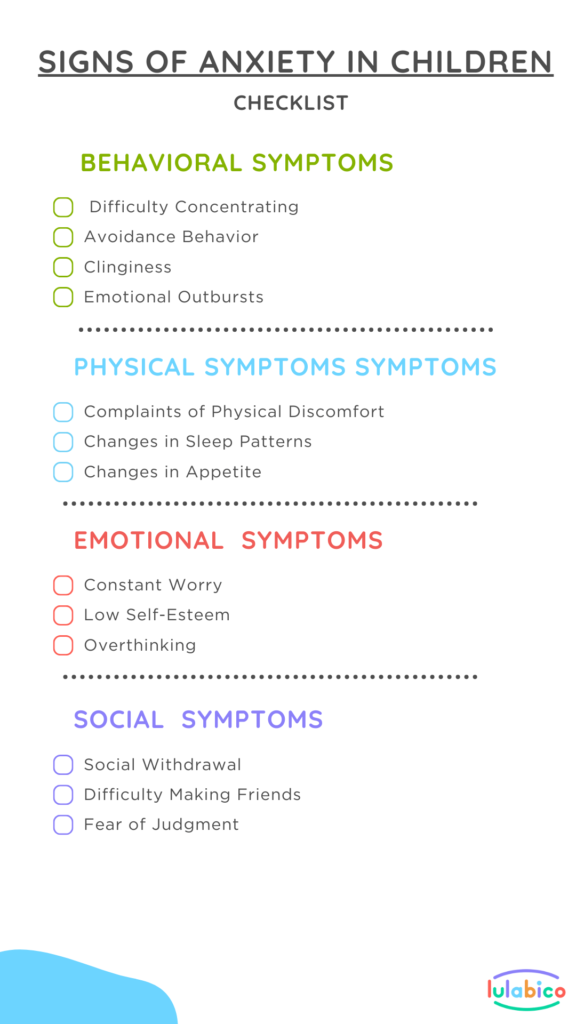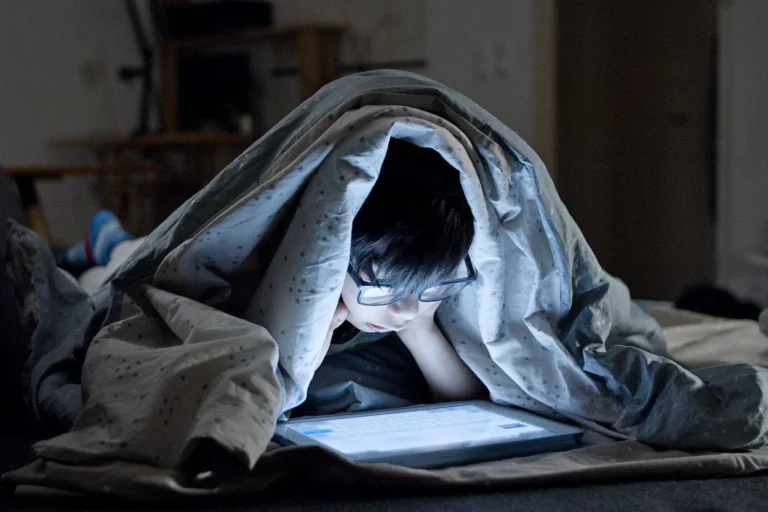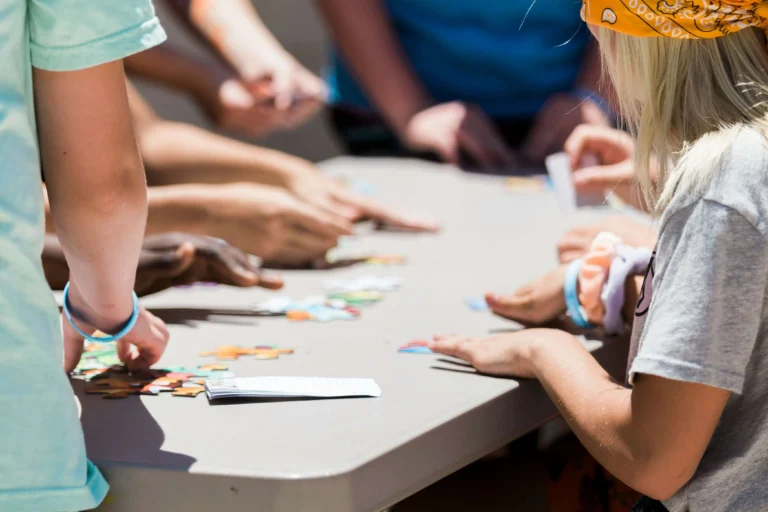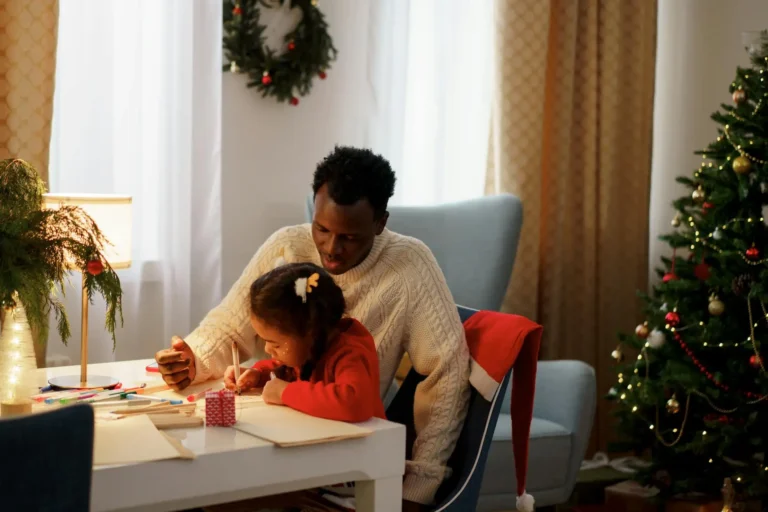Childhood anxiety is a challenge many parents face today, impacting children’s development and quality of life. A checklist of anxiety signs in children—such as struggles with emotional regulation, social interactions, and academic performance—helps parents understand these complexities and respond proactively.
At Lulabico, we support modern parents with a practical checklist of anxiety signs in children, offering guidance to help identify symptoms and take steps toward support. Recognizing these early signs, from environmental stressors to academic pressures, empowers you to create a nurturing environment and promote your child’s mental well-being.
For more insights, explore Lulabico’s resources on managing childhood anxiety, mindfulness techniques, and ways to foster emotional resilience.”
1) Behavioral Symptoms:
Children with anxiety often exhibit specific behavioral symptoms that can serve as important indicators of their emotional state. Recognizing these behaviors early can help you understand what your child might be experiencing and provide the necessary support.
☑ Difficulty Concentrating
One of the most common signs of anxiety in children is difficulty concentrating. Your child may struggle to focus on tasks, whether at school or home. This symptom can manifest as an inability to pay attention, making it hard for them to complete assignments or follow instructions. Anxiety creates a cycle of worry that overwhelms their ability to concentrate on the present moment.
You might notice your child staring blankly at their homework, unable to begin, or losing track of what they’re doing during class discussions.
☑ Avoidance Behavior
Anxiety may lead your child to engage in avoidance behaviors, steering clear of situations that trigger their fears. This can include reluctance to attend school, participate in social events, or even engage in activities they once enjoyed. Such behaviors often stem from a desire to escape feelings of anxiety, limiting your child’s social interactions and experiences.
Your child might suddenly refuse to attend a friend’s birthday party, despite having been excited about it just days earlier.
☑ Clinginess
Clinginess is another behavioral symptom that can indicate anxiety in your child. When children exhibit clinginess, they may express an excessive need to stay close to you or other caregivers, often fearing separation. This behavior can signal deep-seated worries about safety or abandonment, making it difficult for your child to engage independently in new situations.
You may observe your child clinging to your side at school drop-off, crying and expressing fears about being away from you.
☑ Emotional Outbursts
Frequent tantrums or crying spells can also be signs of anxiety. Your child may struggle to regulate their emotions, leading to intense reactions over relatively minor issues. These emotional outbursts can be confusing for parents and indicate that your child feels overwhelmed by anxiety, unable to cope with stressors in a more measured way.
For instance, your child might break down in tears after losing a game, reacting strongly to the disappointment due to anxiety about failure.
2) Physical Symptoms:
Anxiety can also manifest through physical symptoms in your child, which may be less obvious but are equally important to recognize. These symptoms can affect your child’s well-being and day-to-day functioning. By understanding the physical signs of anxiety, along with a checklist of anxiety signs in children, you can better support your child in managing their feelings.
☑ Complaints of Physical Discomfort
Children experiencing anxiety may frequently complain of physical discomfort. This can include stomachaches, headaches, or muscle tension that arise without any clear medical cause. These complaints can be a direct response to their emotional distress, as anxiety often manifests physically.
You might hear your child say they have a stomachache before school or during a social event, only to find that no medical issue is present
☑ Changes in Sleep Patterns
Another physical symptom to watch for is changes in sleep patterns. Your child may have difficulty falling asleep, staying asleep, or may experience frequent nightmares. These disturbances can be tied to anxiety and may lead to fatigue, impacting their mood and behavior during the day.
If your child is reluctant to go to bed alone or often comes to you in the middle of the night due to bad dreams, it may be a sign that anxiety is affecting their sleep.
☑ Changes in Appetite
Anxiety can also lead to changes in appetite. Your child might eat significantly more or less than usual, experiencing fluctuations that are not typical for them. This can be a physical manifestation of their emotional state, as stress often affects hunger cues
You may notice your child suddenly refusing to eat lunch at school or complaining of nausea when it’s time to eat, signaling that their anxiety might be influencing their appetite.
3) Emotional Symptoms:
Anxiety in children often manifests through emotional symptoms, which can be subtle yet impactful. Understanding these emotional indicators is crucial for parents seeking to support their child’s mental health. By recognizing these signs, you can help your child navigate their feelings and develop coping strategies.
☑ Constant Worry
One of the hallmark signs of anxiety in your child is constant worry. They may experience excessive fear about everyday situations, such as school, social interactions, or family events. This worry can become overwhelming, leading to a cycle of negative thoughts that prevents your child from enjoying daily activities.
You might find your child expressing concerns about their performance in school, worrying excessively about grades or what their peers think of them, even when they have consistently done well.
☑ Low Self-Esteem
Low self-esteem can also be a significant emotional symptom of anxiety. Your child may engage in negative self-talk, expressing feelings of inadequacy or believing they are not good enough. This lack of confidence can lead them to avoid challenges, fearing they will fail or disappoint themselves or others.
If your child hesitates to participate in a school presentation because they fear they won’t do it well, this reluctance may stem from a deeper feeling of low self-worth.
☑ Overthinking
Children with anxiety may tend to overthink or ruminate on negative outcomes, often getting stuck in a loop of “what if” scenarios. This over-analysis can prevent them from taking action or enjoying experiences, as they become preoccupied with potential problems.
You might notice your child worrying about an upcoming playdate, imagining various ways it could go wrong, rather than focusing on the fun they might have.
4) Social Symptoms:
Anxiety can significantly impact a child’s social interactions and relationships. Understanding the social symptoms of anxiety is vital for parents who want to help their children build healthy connections and cope with their fears. By recognizing these signs, you can better support your child in navigating their social world.
☑ Social Withdrawal
One common social symptom of anxiety is social withdrawal. Your child may begin to avoid friends and family, isolating themselves from social activities they once enjoyed. This withdrawal can stem from feelings of fear or inadequacy, making it challenging for them to connect with others.
You might notice your child spending more time alone in their room, opting to play video games or watch TV instead of joining family activities or inviting friends over.
☑ Difficulty Making Friends
Anxiety can make it difficult for children to form and maintain friendships. Your child may struggle to initiate conversations or may feel uncomfortable in group settings. This hesitation can lead to feelings of loneliness and further exacerbate their anxiety.
If your child stands off to the side during recess, unsure how to approach other kids, it may indicate that anxiety is holding them back from making new friends.
☑ Fear of Judgment
Intense worry about being judged or embarrassed in social settings is another indicator of anxiety. Your child may hesitate to speak up in class or participate in group activities due to fears of criticism or negative evaluation.
You might observe your child becoming anxious about presenting in front of their classmates, fretting about what others might think if they stumble over their words or make a mistake.
Recap:

Recognizing the signs of anxiety in your child is the first step in helping them cope with their feelings. From changes in behavior and physical discomfort to emotional struggles and social challenges, understanding these signs—including a checklist of anxiety signs in children—can guide you in supporting your child.
At Lulabico, we know that modern parents want helpful resources for their kids’ mental health. Our previous posts about grounding techniques, emotional support, and building confidence provide practical tips you can use at home. These tools can empower your child to manage their anxiety and develop important coping skills.
If you notice several signs of anxiety in your child, don’t hesitate to reach out to a mental health professional for guidance. Remember, you’re not alone in this journey, and asking for help is a smart move. With the right support, you can help your child feel more secure and confident, allowing them to thrive despite their anxiety.





